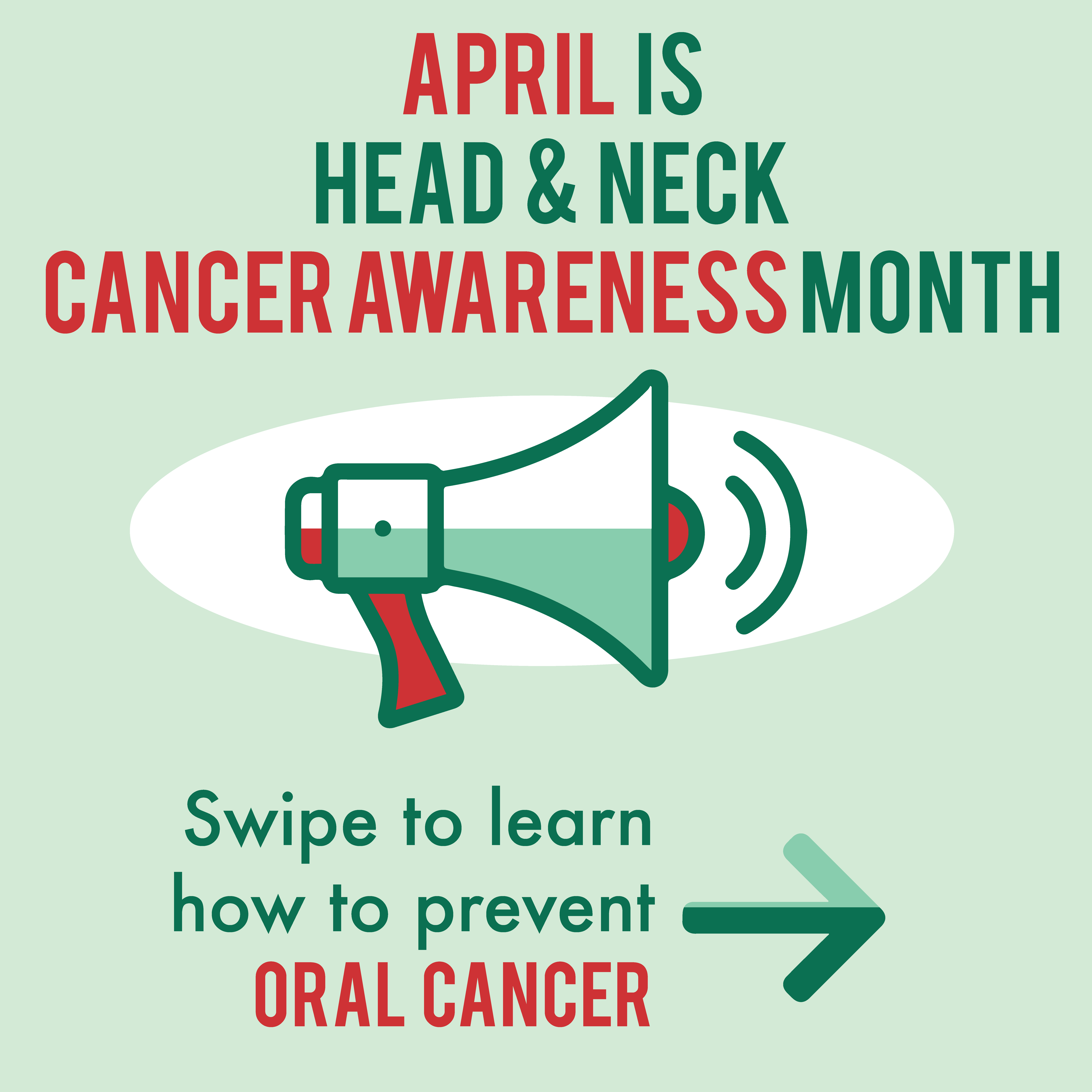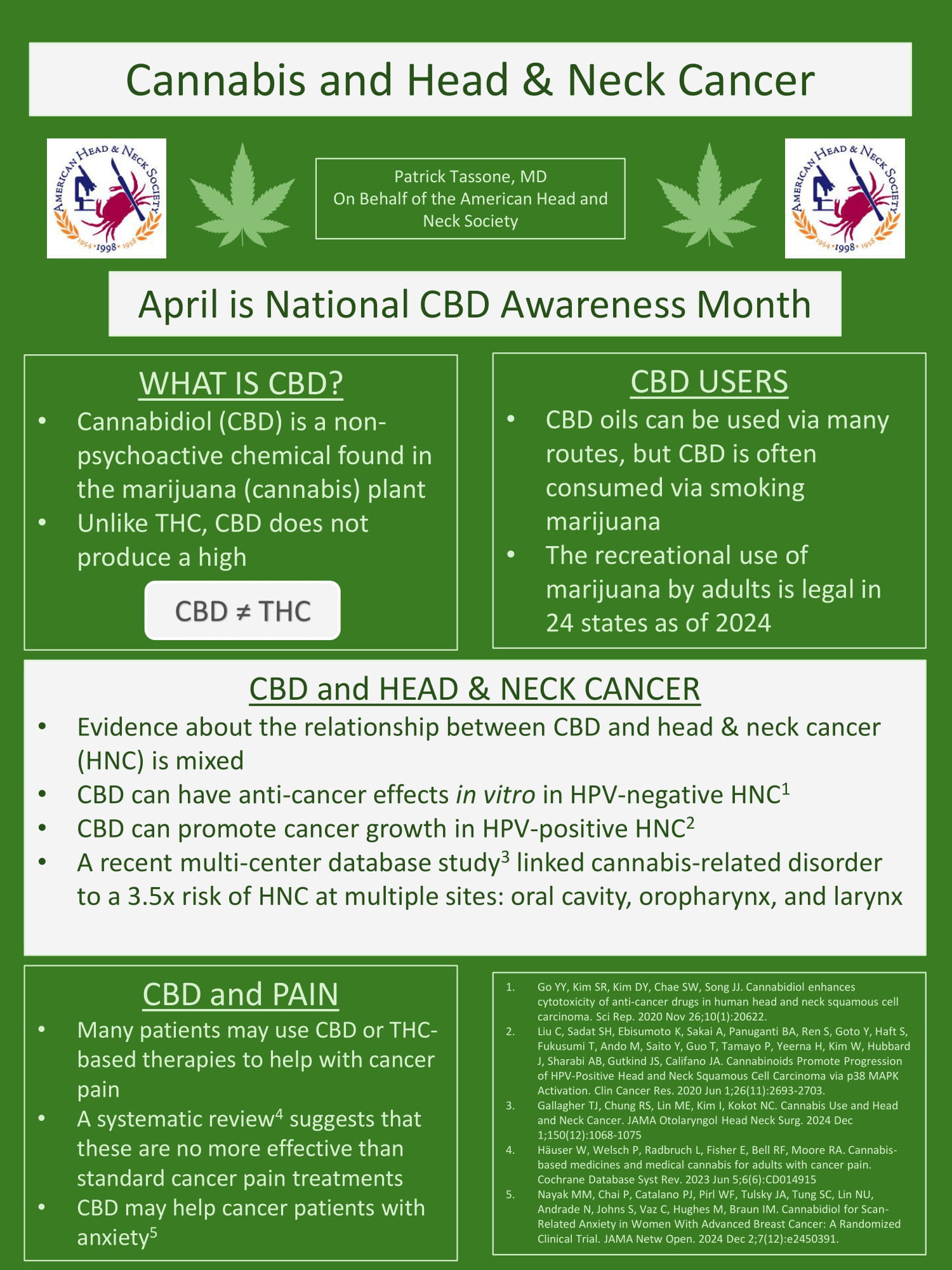AHNS YMCP Episode 11 – Melina Windon, MD, Janice Farlow, MD, Eric Gantwerker, MD
NEW – The AHNS Podcast has just released episode #11- “Artificial Intelligence in Surgical Education”. Featuring Drs. Melina Windon, Janice Farlow, and Eric Gantwerker discussing current and anticipated advances in surgical education using artificial intelligence. Dr. Gantwerker shares insight on augmented surgery, extended reality and simulation, surgical skill assessment, and generative AI-assisted in-service and board …



